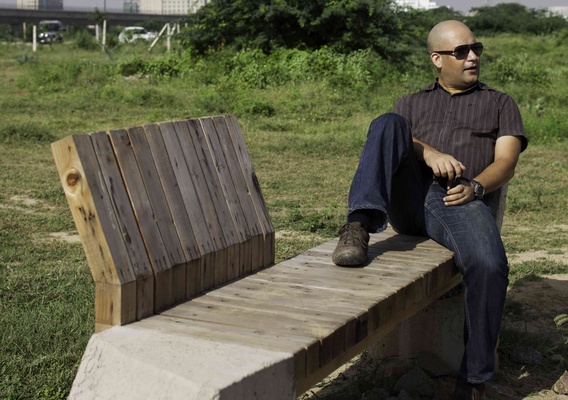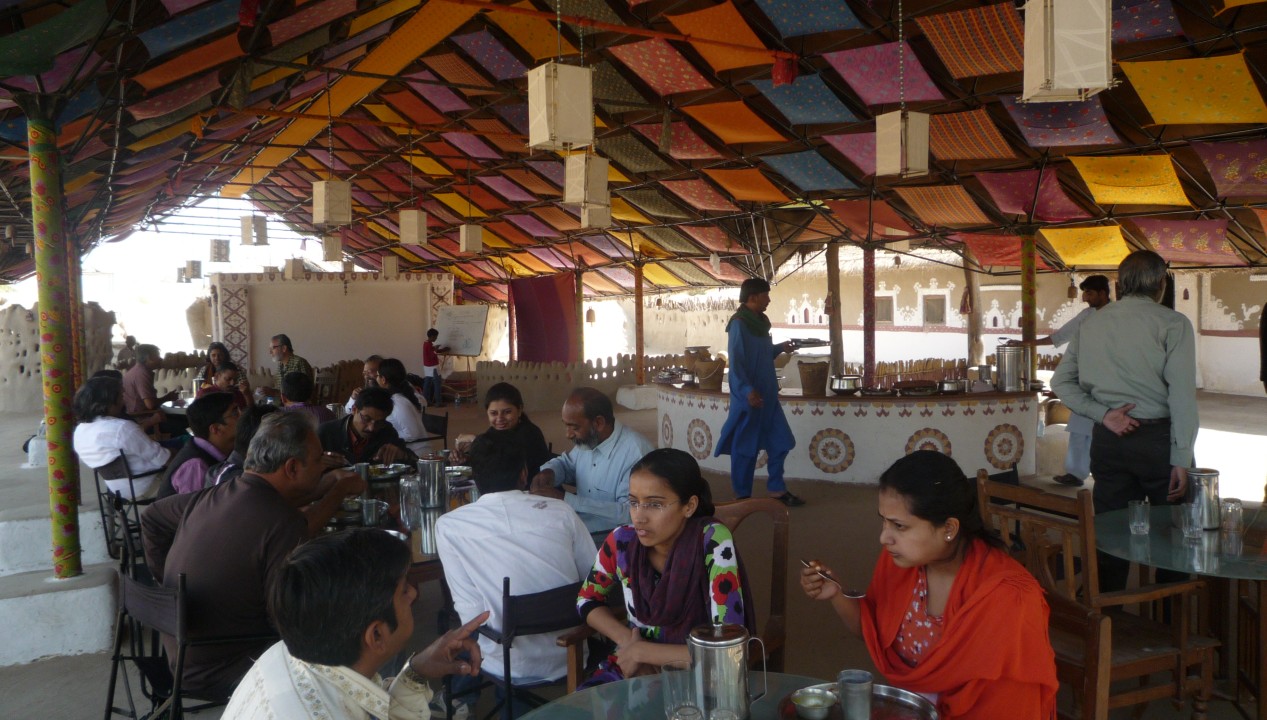I wouldn’t call the buildings commissioned by the elite and designed by architects – architecture. Architecture has to have purpose, spirit and humanity at its centre – exercises in style and opulence, and exclusivity are just that, exercises in styling – and most of what we would celebrate as architecture in India is just that – Styling – and most of it is second hand!
And there is good reason for that.
At my convocation at the SPA, I recall the chief guest, a very highly awarded architect of unquestionable repute celebrated the fact that back in the day when he studied at the then Delhi School of Architecture and at least they taught them how to build buildings that did not leak.
Was that what the concern of architecture should be? I wondered.
But in that statement I think lay another kind of admission, maybe all along we have been taught to make buildings that work BUT mean NOTHING to the people we design them for, and by and large we have followed in that great tradition.
Architects – just Engineers by ANOTHER name!
Being Late arrivers to the party called Heroic Modernism didn’t help much, but it definitely saw the beginnings of meaningless architecture in India. With the City of Chandigarh, almost emblematic of this.
But as a profession we got away, with a lot of help from a welfare state and governments and subsequent generations all flocked to schools abroad to “Learn” at a quick masters courses and returning to proliferate the country with the latest acquired styles .
All was well until the liberalization and privatization of development and builders took control of most development. And architects seemed to offer little beyond collage making and style.
With the rise of privatization, monetization of all public space and the privately controlled public spaces becoming the norm, the canvas of large scale architecture and its impact is drastically reduced, the individual though the end user, is rarely the client. The public projects are delivered through private hands. The PPP model is killing architecture, with lowest bid tender selections ensuring architecture was never really a concern for public works.
So where is architecture?
The greatest buildings in the world are still buildings for public use, institutions and infrastructure projects, not the houses of the rich and famous!
But I think the fault is in our stars!
Each twinkiling at us from a western hemisphere, a vague shining becon in a distant twilight zone! And our faces are firmly turned westwards (in a traditions of adopting a modernism we never had) celebrating the best of what was never ours to begin with.
The STARCHITECT has all but killed architecture.
But some souls did hold up a torch, Baker, Nari Gandhi, Didi Contractor, Ashish Ganju, Pradeep Sachdeva (many more, but these are my immediate references) but who talks of them in Architecture Schools or the Glossies?
We want Heroics, it is amazing our cities still flood! And so many years after that famous architect went to the DSA (Delhi School of Architecture) we are still looking for architecture and better still not talking about the ones who have celebrated it!
But the star gazing is giving way in some places, and new light is shining through, without stars. A few practices still holding on to the light our almost forgotten torchbearers lit, none of them are doing homes for the elite or rich, or even if they are the architecture they are searching for is in projects connected to the people, to the cities they live in and millions who’s right to design is never even discussed. There is more architecture now that connects with the masses than there was when Chandigarh was designed, only your magazines and glossies don’t want to talk about it. It doesn’t make good photographs (or pay) and it takes some effort to find them!








One Response
The challenge is having rigorous criteria for judging architecture. Sharing some thoughts: https://premckar.wordpress.com/2021/10/23/a-manifesto-on-architectural-criticism/